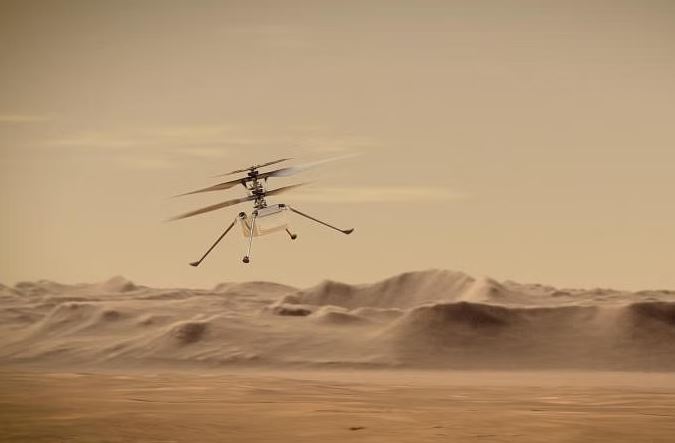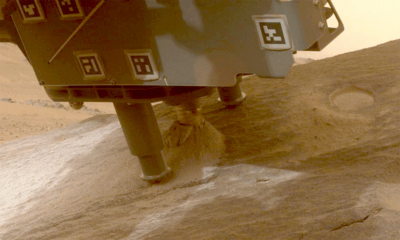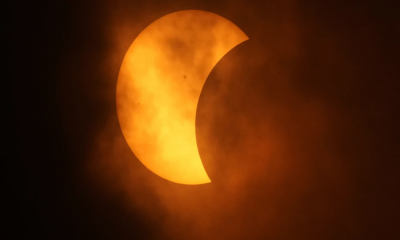Nasa has re-established contact with its tiny helicopter on Mars, the US space agency said Saturday, after an unexpected outage prompted fears that the hard-working craft had finally met its end.
Ingenuity, a drone about 1.6 feet (0.5 meters) tall, arrived on Mars in 2021 aboard the rover Perseverance and became the first motorized craft to fly autonomously on another planet.
Data from the helicopter are transmitted via Perseverance back to Earth, but communications were suddenly lost during a test flight on Thursday, Ingenuity`s 72nd lift-off on Mars.
"Good news today," Nasa`s Jet Propulsion Laboratory (JPL) wrote on X, formerly Twitter, late Saturday.
The agency said that contact had finally been made with the helicopter by commanding Perseverance to "perform long-duration listening sessions for Ingenuity`s signal."
"The team is reviewing the new data to better understand the unexpected comms dropout during Flight 72," it added.
Nasa previously said that Ingenuity had attained an altitude of 40 feet (12 meters) on Flight 72, which was a "quick pop-up vertical flight to check out the helicopter`s systems, following an unplanned early landing during its previous flight."
But during its descent, "communications between the helicopter and rover terminated early, prior to touchdown," the agency said.
JPL had noted on Friday that Perseverance was temporarily "out of line-of-sight with Ingenuity, but the team could consider driving closer for a visual inspection."
In a response to a post on X asking if Ingenuity would be able to fly again, JPL said Saturday that "the team needs to assess the new data before that can be determined."
Nasa has lost contact with the helicopter before, including for an agonizing two months last year.
The mini rotorcraft, which weighs just four pounds (1.8 kilograms), has far exceeded its original goal of undertaking five flights over 30 days on the red planet.
In all, it has covered just over 10 miles (17 kilometers) and reached altitudes of up to 79 feet (24 meters).
Its longevity has proved remarkable, particularly considering that it must survive glacially cold Martian nights, kept warm by the solar panels that recharge its batteries during daylight hours.
Working with Perseverance, it has acted as an aerial scout to assist its wheeled companion in searching for possible signs of ancient microbial life.






































